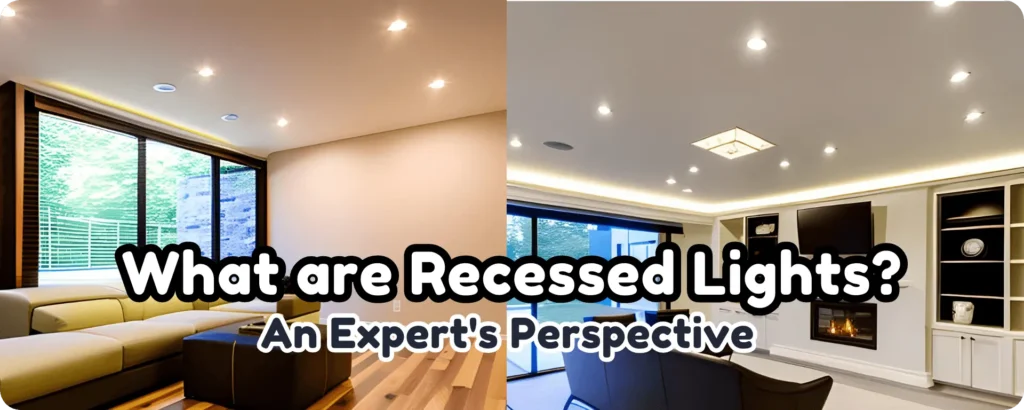

What is Recessed Lighting?
Let us begin by understanding the basics before we go further. They are known as can lights or downlights too, and one of their examples is recessed lights which provide a smooth finish as it is installed directly into the ceiling or wall. In contrast to conventional fittings that stick out, these lamps are embedded for a hidden and intimate lighting solution.
Benefits of Recessed Lighting
Recessed lights come with numerous advantages that appeal to homeowners and designers. The first aspect tackled here is their minimalist look that effortlessly blends in with any interior allowing other elements in space to be focused upon. They’re ideal for smaller rooms or low-ceiling locations since they provide enough illumination without using valuable floor or wall space. This also means that recessed lights are extremely versatile as they can be used to highlight specific features or areas of a room.
Types of Recessed Lighting


The market offers several types of recessed luminaires designed to perform specific functions. Common Types Include:
1. Fixed Recessed Lights: These are non-adjustable once installed but give general light for an entire room or concentrate on some areas.
2. Adjustable Recessed Lights: These bulbs can usually rotate horizontally from side to side and tilt vertically up and down as desired to aim illumination at certain areas.
3. Gimbal Recessed Lights: Gimbal lights like adjustable ones have greater flexibility and range of motion enabling you to focus light precisely where you want it.
4. Baffle Recessed Lights: Such fixtures possess internal ridges that prevent dazzling effect; therefore, this type creates softer diffused light thus rendering it suitable for venues requiring this quality.
5. Decorative Recessed Lights:
For those seeking elegance and style, decorative recessed lights come in various designs and finishes to complement any interior décor.


Pros and Cons of Recessed Lighting
Pros of Recessed Lights
- Aesthetics: Recessed lights bring a sophisticated and modern feel to any space, blending perfectly well into the ceiling, creating an impression of larger volume.
- Versatility: Having different kinds and adjustability attributes, they address various lighting requirements including ambient illumination and task or accent lighting.
- Energy Efficiency: LED recesses are low energy consumers compared to incandescent lamps thus resulting in reduced power bills and lower carbon footprint.
- Longevity: They may last up to 25 times longer than standard bulbs which is about twenty-five years before they finally need replacement hence lesser repairs and maintenance in general.
- Focused Illumination: This kind can be adjusted according to the light direction required making them ideal for highlighting artwork and specific working areas.
- Safety: It has a surface-mounted design, so there is no danger that children or animals will accidentally touch it, thereby ensuring safety at home.
Cons of Recessed Lights
Below are some downsides one should consider before installing recessed lights:
- Installation Complexity: If you are wiring from scratch, setting up recessed fixtures will most likely require professional help.
- Limited Spread: Since focused illumination is the type of light emitted by these lamps, big spaces may need additional sources of light so that all corners will be brightened uniformly on a room’s walls.
- Cost: While LED downlights can save money in the long run outlay and installation expenses may seem more expensive than usual lighting solutions initially.
How to Install Recessed Lighting


It may appear difficult to install recessed lights, but the right direction can turn it into a fulfilling DIY project.
- Putting holes in the ceiling,
- Connecting them to electricity,
- Fixing them into position
These are all things that can be done in this regard for proper lighting of our places.
To ensure safety as well as meet building codes, those who are not comfortable with electrical work should seek the services of an expert.
Are Recessed Lights Energy-Efficient?
Recessed fixtures especially those fitted with LED technology are known to save some energy. LED recessed lamps consume less energy yet offer bright even illumination throughout making this possible. Consequently saving on the cost of power use while having a more sustainable environment.
Conclusion:
Recessed lights are ideal for any contemporary living area because they have several benefits associated with their use. The best designs of these lamps make them good for enhancing the atmosphere in different areas in your house where these fixture types are used mostly.

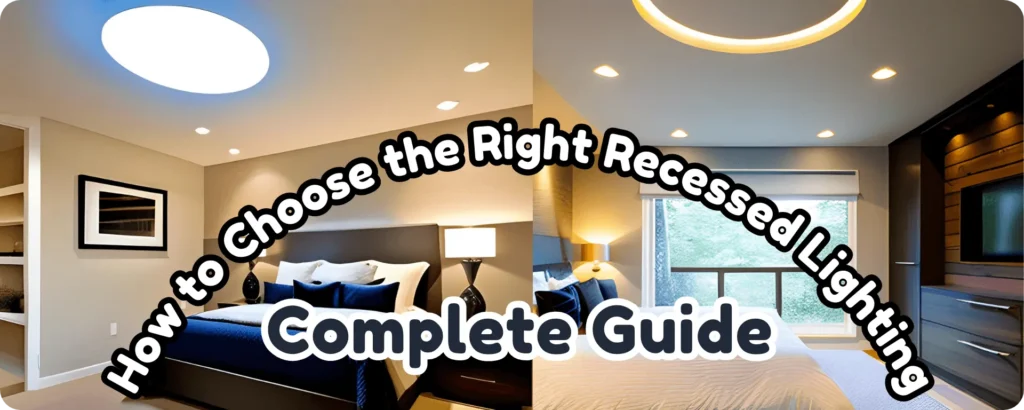

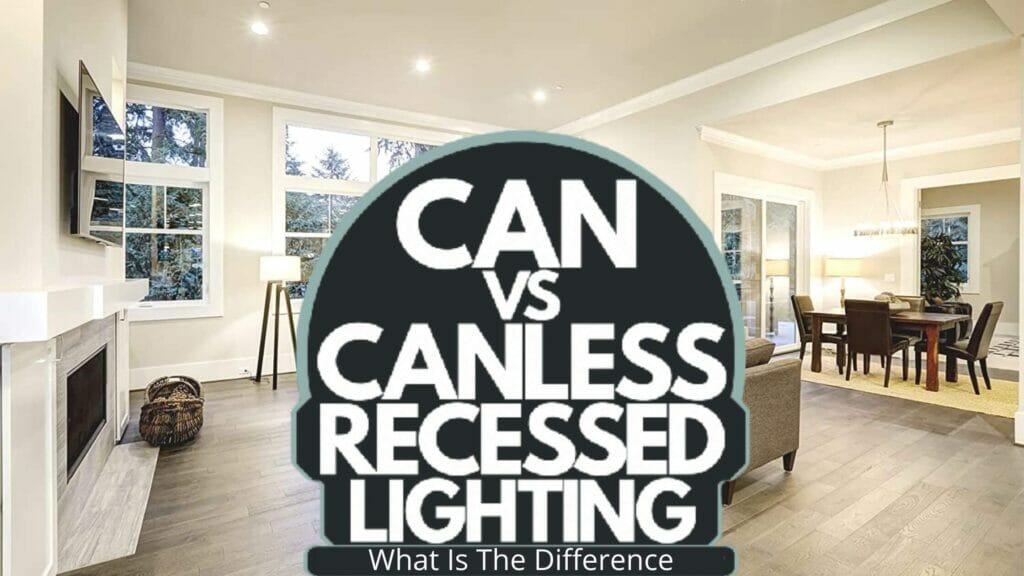
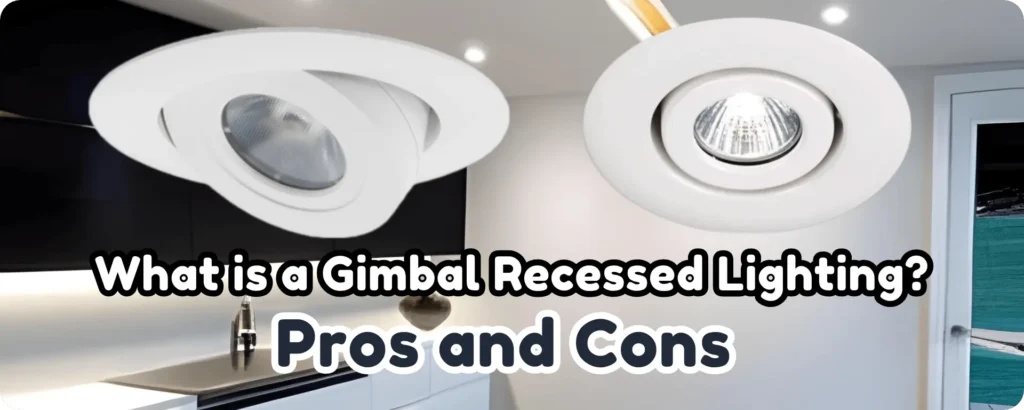

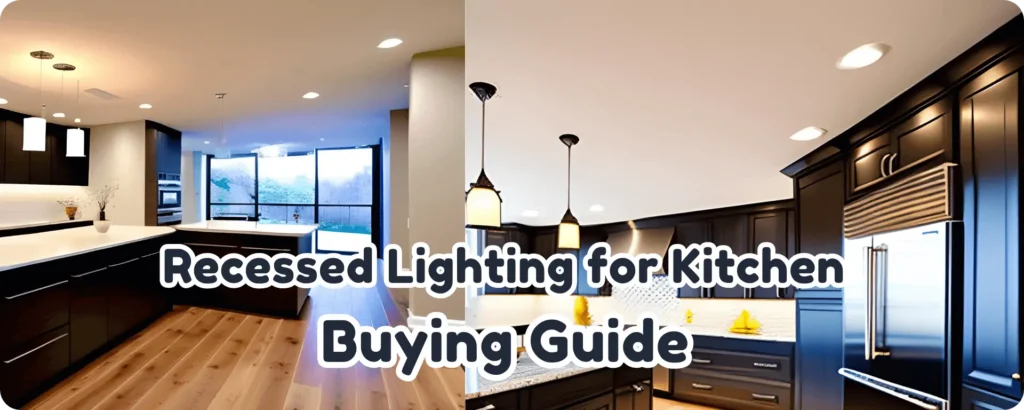
Pingback: Is Recessed Lighting Outdated? The Ultimate Guideline